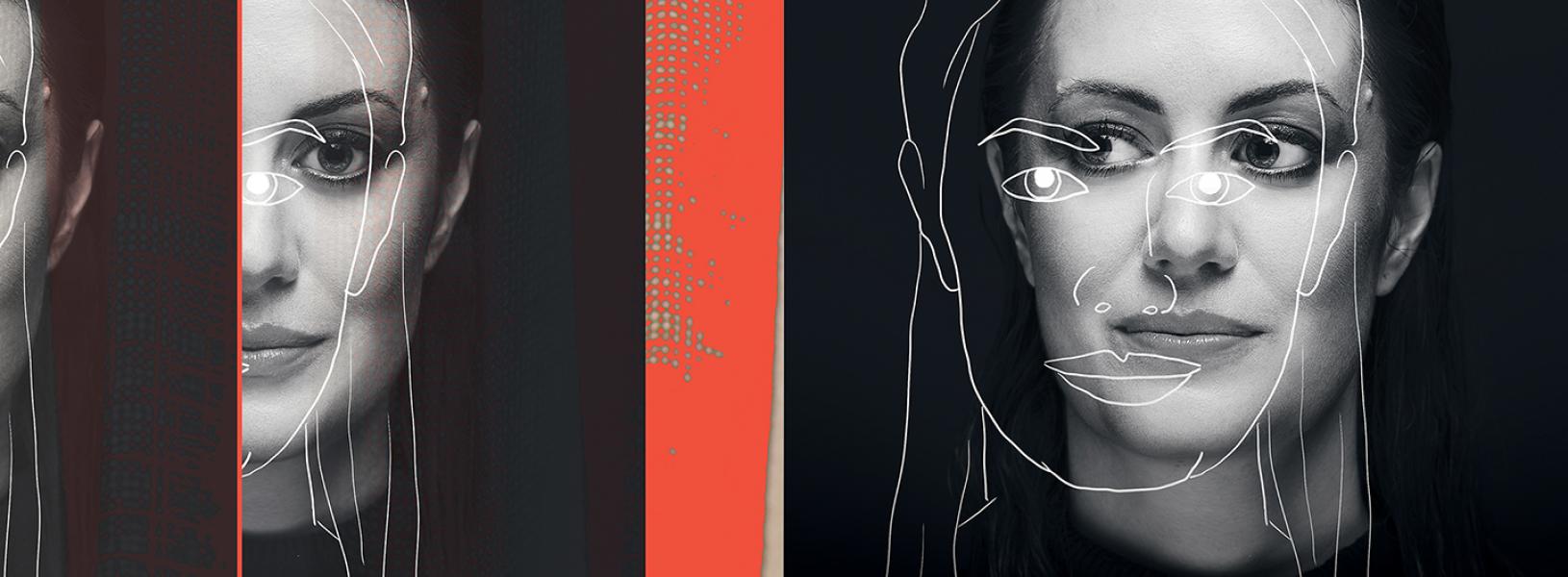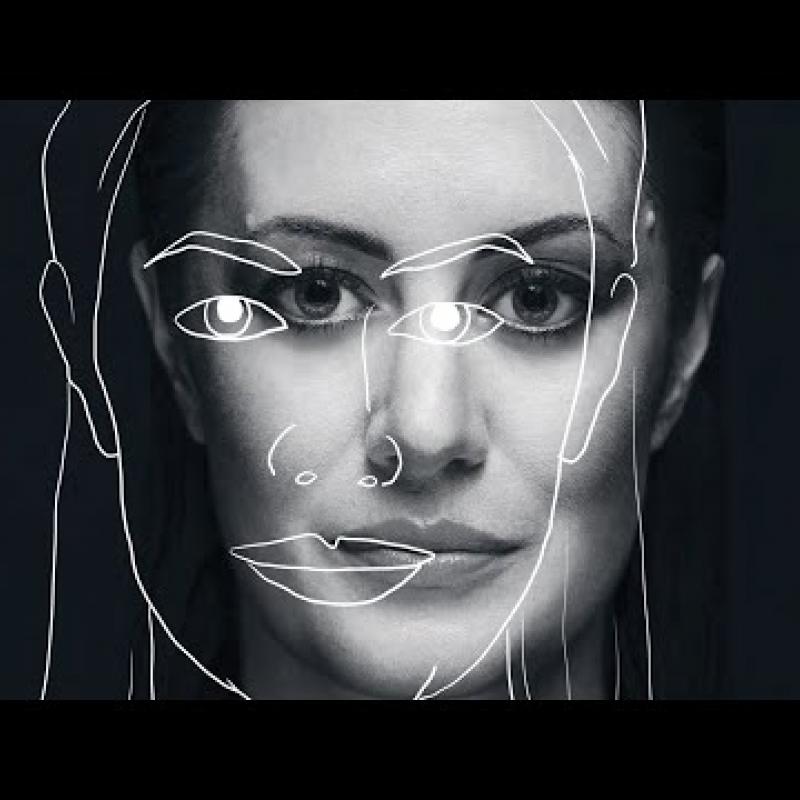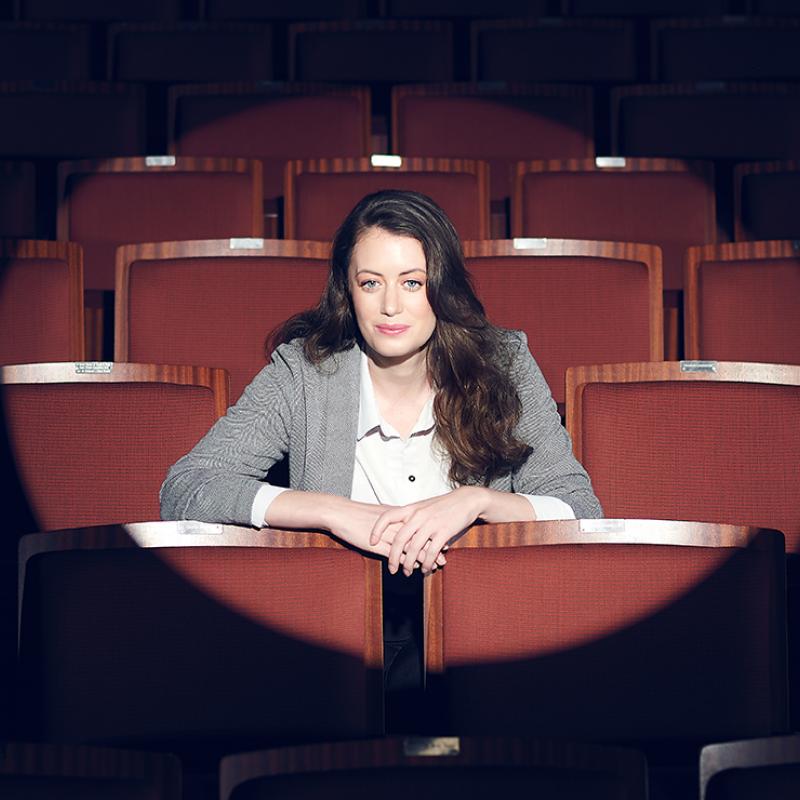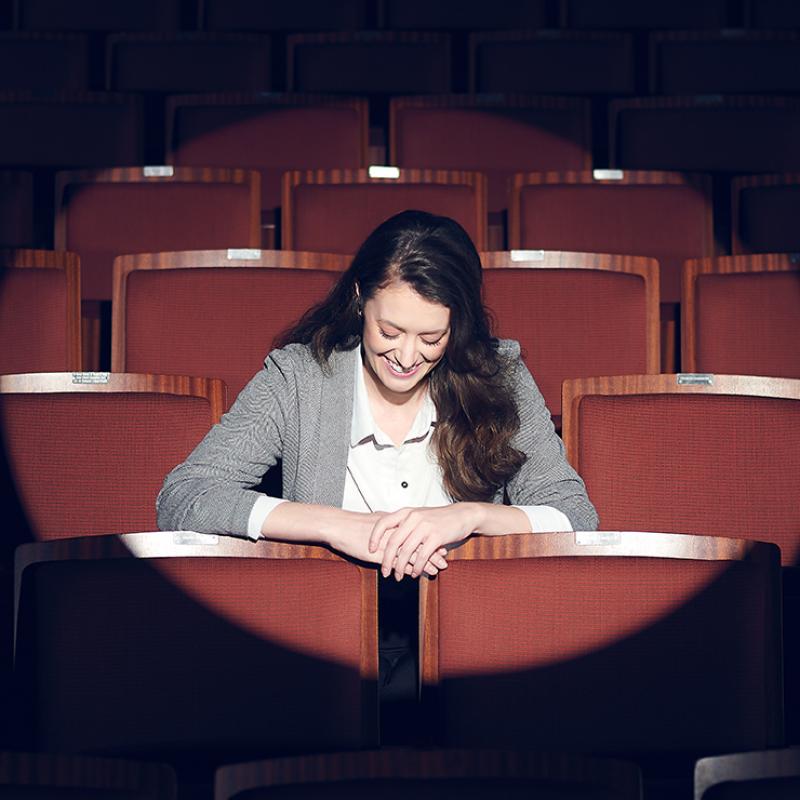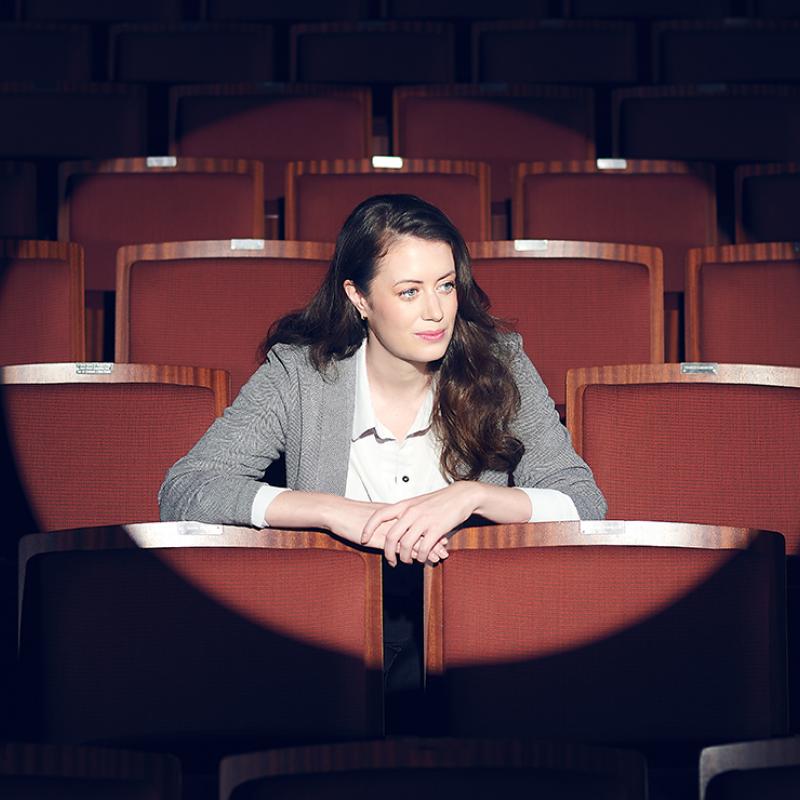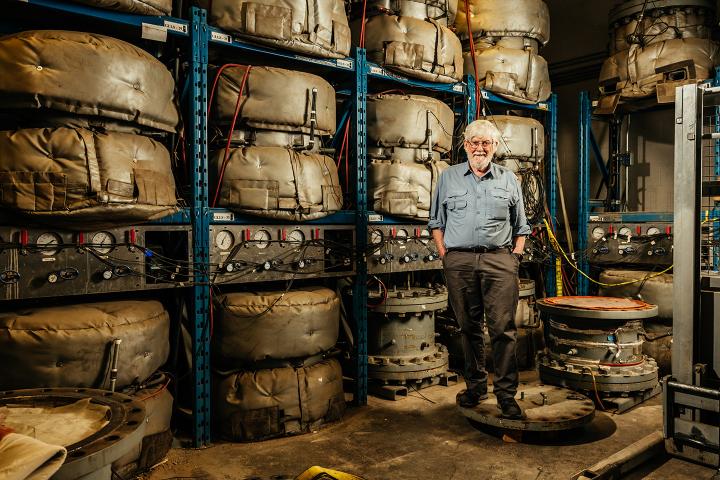Once upon a time, a theatre company in New Brunswick was performing David Mamet’s polarizing two-person play Oleanna.
During the final scene – where a female student who has publicly accused her male professor of sexual harassment says to him, “Don’t call your wife ‘baby’” – a male spectator leapt from his seat and yelled a sentiment that could be sanitized and translated to “Go away, you bad woman.”
The play was fictional, and in that sense not real, so why lash out with such anger?
The issues raised in Mamet’s play are real, and divisive, so could the male spectator’s reaction testify to the then-current state of the debate over gender and power – and to the man’s perhaps inchoate awareness that his side, so to speak, was losing the argument? If that was the “real” that mattered that night, what else could theatre teach us about how people, in society at large, perceive what is “real”?
Kelsey Jacobson, Assistant Professor in the DAN School of Drama and Music and co-founding director of the Centre for Spectatorship and Audience Research at Queen’s, is studying such questions, and now she’s published a book, Real-ish: Audiences, Feeling, and the Production of Realness in Contemporary Performance.
Dr. Jacobson wasn’t in New Brunswick that night, but she’s seen “many people have really strong responses to shows in anger and outrage, and in absolute adoration and bliss. I’ve watched people get up and leave theatre spaces, and I’ve watched people who want to linger and talk to me for 45 minutes after the show, because they loved it so much.”
She believes such visceral reactions, and theatre’s place as an ancient and universal art, make the stage a unique source of insights about the world at large.
“It’s this potent, powerful art form that continues to exist and persist, because it does do something, it does have impact. It does potentially change things,” she says. “It’s thousands of years old. It’s this global practice where we put ourselves on stage to see ourselves, to reflect, to think about what we’re doing as a society. We have to think about how it’s not just what’s on stage, it’s also audiences – how we perceive the audience, audience rules, audience etiquette, audience expectations. That’s also a reflection of where we are, and who we are.”
In the age of “post-truth” and fake news, she writes, “the central question of this book seems critically important: What feels real to contemporary audiences? The tenuousness of the perceptual border between what is real and what is fake has been laid bare,” and “what is perceived to be real is an increasingly contentious, dangerous, and difficult determination.”
Alongside these trends has been a rise in “theatre of the real,” she says, with more documentary, more words of real people, more stages set in sites specific to real events, and more “real” stories.
“If theatre is conventionally about this fictive performance, then inserting these elements of reality seems provocative,” she says. “So, then I started to think, what does this mean? How are audiences receiving this? … We’re provoking a kind of religiousness, this feeling of real, that I think maps onto some things in broader society pretty provocatively.”
Dr. Jacobson is not alone in seeing this broader revelatory value in theatre.
“We’re living in an age when our value systems are increasingly fracturing along lines of competing truths, and in which our communities are growing ever more divided around very different core beliefs,” says Kirsty Sedgman, a lecturer at the University of Bristol in the United Kingdom, who researches theatre audiences and cultural experience. “How, then, can we collectively figure out what’s really true or truly real? Real-ish uses theatre audiences as a kind of laboratory for interrogating this question.”
"It came down so much to the feeling of real.“
Dr. Jacobson is compelled by questions such as who is heard, and in what contexts? What are the limits of “pure democracy” when “we think everyone has a voice, but some voices are going to be weighted more heavily than others?”
Theatre could speak to how people decide what to believe in the real, wider world, especially positions “that maybe seem totally nonsensical” to others.
“How do we go to the theatre and have this real response to this clearly fake thing? I think there’s something in that that can help us understand how a sense of realness is produced – or if not realness, then real-ish.”
Dr. Jacobson was born in Calgary. She took part in theatre in high school, including a role in Agatha Christie’s The Witness for the Prosecution. She earned her BA at Queen’s in drama, an MA in theatre and performance at Queen Mary University of London, England, and her PhD at the University of Toronto, where her research “considered audience perception and location of realness onstage in contemporary Canadian performance.”
While in London, she had an internship at Shakespeare’s Globe, the recreation of the “real” theatre, where one of her tasks was interviewing audience members about their experiences.
“I was really interested in psychology, and also interested in drama and English, so I’d be taking a neurophysiology course and a puppetry course at the same time. I started to realize there was a really interesting overlap, specifically in audiences and spectatorship.”
In Real-ish, she recounts her experiences as an audience member of participatory theatre, where she has “confessed my secrets late at night over the phone, slow-danced with a stranger, painted a huge canvas, sung an improvised song, been held, fed, caressed, cuddled, handcuffed, and even once undressed, let myself be blindfolded more times than feels appropriate, walked – and walked, and walked – through entire neighbourhoods, historic trails, huge warehouses, and tiny corridors.”
She adds, “I have a nearly endless list of things I have done for theatre.”
Her research included 70 interviews with theatre audience members. Her questions included, “What did you find real about this performance, and is realness important to you as an audience member?”
She says she was naive at the outset. “I felt intuitively that realness was somehow definable. In the early stages of my research, I asked audience members to attempt to communicate to me a definition of realness, though I myself struggled to pin a description to it,” she writes.
She adds later in an interview, “It came down so much to the feeling of real. There was a sense of realness being produced in the space and time of performance through this kind of immediate, intimate, local experience that audiences kept bringing up as real. It isn’t exactly truthful or accurate or factual, it was the experience or the feeling. It couldn’t be pinned down to one thing, and audience members had very different ideas about what was real.”
She mentions the play TomorrowLoveTM, a show that is shaped each time by audience choices, as an example of the difficulties of even classifying what is real.
“I do not think it’s a stretch to say that TomorrowLoveTM generates a real effect, and that that real effect is itself a political and social outcome,” she says.
“It’s not just, ‘We can’t just say this is real and this is fake.’ There are circulations of feelings of realness that move amongst and through us as a society, and we need to do a better job at investigating not just ‘is this real?’ or ‘is this not real?’ Why is it perceived as real? How did this become real? Why is it real for these people, and to what end?”
Dr. Jacobson’s questions are a worthy inquest into what’s pulling at the seams of civil society, say others familiar with her research.
“Her trust in theatre to teach us about the real world goes far beyond debates of what may or may not be real,” says Professor Kathleen Gallagher, director of the Centre for Drama, Theatre, and Performance Studies at the University of Toronto. “Her account of theatre’s ways invites us to step back from the prevailing questions and preoccupations to ask deeper, better questions of our troubled and divided world.”
Real v. Representational
For Real-ish, Kelsey Jacobson studied audiences at plays that “blur any neat division between the real and the representational: they present real-world issues, times, spaces, affects, and sensations within, amongst, or alongside the fictional.”
TITLE: Good Fences
CREATOR: Downstage Creation Ensemble
LOCATION: Downstage Theatre Company, Calgary, Alta.
Jacobson: “Audiences hear a discussion about Alberta’s real-world reliance on oil staged on a highly theatrical, representational set.”
THE CRITICS SAID: “[U]nderneath the tension of the relationship between oil and gas and agriculture, or pipelines and environmentalists – or urban theatre companies trying to tell the story of rural Albertans – there are people, who are all complex and have contradictory impulses that make them hard to pigeonhole.” - Calgary Herald
TITLE: An Enemy of the People
CREATOR: Henrik Ibsen
LOCATION: Tarragon Theatre, Toronto
Jacobson: “Audience members participate in a staged debate that [includes] both real-world political discussion and fictional storyline.”
THE CRITICS SAID: “This drama about a principled man who insists on telling an inconvenient truth – possibly at the expense of his town’s economy and his own livelihood – speaks directly to audiences regardless of its historical trappings.” - torontoist.com
TITLE: The Trinity Pageant
CREATOR: Donna Butt and Rick Boland
LOCATION: Rising Tide Theatre, Trinity, Nfld.
Jacobson: “Audiences learn about Newfoundland’s real historic buildings through imagined tales.”
THE CRITICS SAID: “The plays present original works that, by design, give the audience insight into critical events in the history of Newfoundland, both past and within living memory, that greatly inform the residents’ lives and their culture.” - A TripAdvisor user
TITLE: TomorrowLoveTM
CREATOR: Rosamund Small
LOCATION: Outside the March Theatre, Toronto
Jacobson: “Audiences engage with very real emotions and relationship building while they watch entirely fictional, futuristic stories.”
THE CRITICS SAID: “Mix-and-match is the order of the day in terms of gender and who’s playing which roles, determined as the show moves on.” - nowtoronto.com
